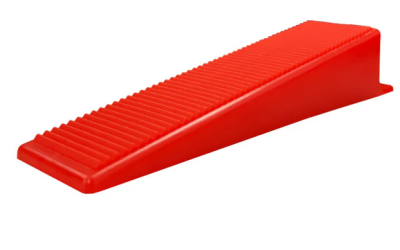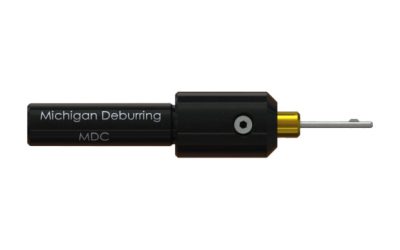Diesel powered locomotives are not the exclusive preserve of the major railroad companies. Many other industries have what are, effectively, their own railroad systems. These are usually plants that produce or handle heavy items; iron and steel mills would be but one example. Dockyards and ports are another place where railed traffic might be found.
Although the purpose for the rails is to move things around (rather than the distance that they have to be moved), once it has been decided to put the “things” into wagons or similar non-self-propelling means of carriage fitted out with railroad type wheels; something has to be provided to haul the wagons. Most of the more economical haulage vehicles will be powered by diesel engines which makes a diesel locomotive a popular choice.
What Is A Diesel Engine
The diesel engine is not all that different from the gasoline engine in so much as it forces a fossil fuel to explode and drive its pistons up and down. In gasoline fuelled engines, the explosion is generated by an electrical spark whereas a diesel engine explodes its fuel by compressing it to its ignition point. This is part of the reason why the two types require different fuel.
Moving Along Rails Is Different From Driving On A Road
In a diesel powered automobile, the propulsion unit (the engine) operates on a system first introduced by Rudolph Diesel in 1897. Theoretically, this is an air engine where the cycle is to pull air into a cylinder, compress it and add combustible fuel (now known as diesel) so that at the top position of the piston the fuel explodes and pushes the piston down (so as to cause the shaft it is attached to rotate). The rotational movement generated is transferred to the wheels so as to propel the vehicle.
This can be used to propel a diesel driven locomotive along rails but it is somewhat limited on what it can drive this way. Directly driven diesel locomotives are generally used on small scale operations. For longer distances with heavier loads (such as drawing a railroad train across the continent) something more powerful and controllable is required.
Currently, this is achieved by something called a diesel electric transmission system whereby the diesel engine is used to drive an electricity generator and the electrical power generated is used to drive traction motors to turn the train wheels. Because these diesel locomotives are, effectively, driven by electricity, anyone maintaining them is going to need electrical wiring that has been customized to suit the various requirements of Diesel Locomotive Cable. For more information visit http://www.customwireandcable.com/mining-cable/diesel-locomotive-cable-600-1000-volt








